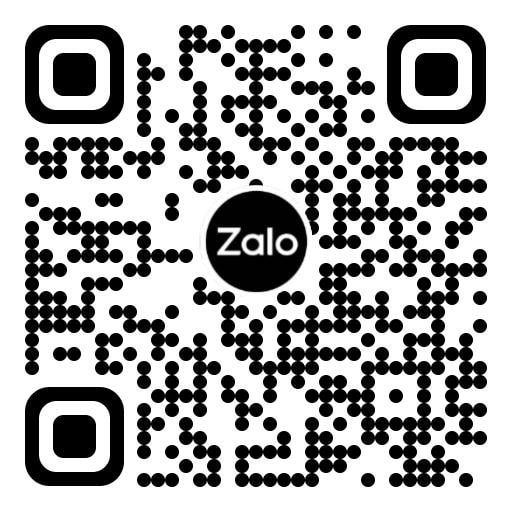- Đà Nẵng31°C / 25 - 30°C

Đang hiển thị
- Đà Nẵng31°C

Tỉnh thành khác
- An Giang32°C

- Bắc Ninh35°C

- Cà Mau32°C

- Cần Thơ32°C

- Cao Bẳng30°C

- Đà Nẵng31°C

- Đắk Lắk30°C

- Điện Biên35°C

- Đồng Nai33°C

- Đồng Tháp32°C

- Gia Lai26°C

- Hà Nội35°C

- Hà Tĩnh31°C

- Hải Phòng33°C

- Hồ Chí Minh33°C

- Huế32°C

- Hưng Yên35°C

- Khánh Hòa30°C

- Lai Châu25°C

- Lâm Đồng23°C

- Lạng Sơn32°C

- Lào Cai31°C

- Nghệ An31°C

- Ninh Bình33°C

- Phú Thọ35°C

- Quảng Ngãi32°C

- Quảng Ninh32°C

- Quảng Trị32°C

- Sơn La31°C

- Tây Ninh33°C

- Thái Nguyên35°C

- Thanh Hóa33°C

- Tuyên Quang33°C

- Vĩnh Long32°C



 Zalo Báo và phát thanh, truyền hình Đà Nẵng
Zalo Báo và phát thanh, truyền hình Đà Nẵng